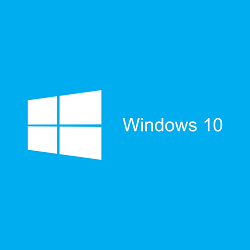With the known flop of the Windows 8 launch in 2012, Windows users weren’t expecting for things to get much worse. So when Microsoft announced the release of Windows 10, the response was mixed. While some users adapted to Windows 8 by purchasing more touchscreen devices, others developed a deep hatred for the OS because of the removed Start Button and the infamous new Start Screen.
So the big question is, should you give Microsoft a chance to redeem itself? There are pros and cons to arguing both sides but the fight really comes down to compatibility and stability.
The biggest question that needs to be answered for any organization is if your critical software applications can play nice with Windows 10. If it doesn’t work with, say, your ERP accounting software or billing application, you may be setting yourself up for catastrophe.
Older peripherals, such as scanners and printers, can encounter compatibility issues with new operating systems too. Whether it’s the hardware or software, peripherals can’t operate unless linked properly to computers. It’s a safe bet to say that anything older than ten years will be less attuned to Windows 10.
Additional compatibility issues also arise with your computer itself; does it have the right processing and RAM capabilities, and what about hard disk space and resolution on your monitor display? These are important questions you need answered before deciding to make the switch to Windows 10.
The good news is that Microsoft does a great job of resolving these issues fairly promptly with their well-known Patch Tuesdays; sending out security patches once a month on either the second or fourth Tuesday of every month. Allowing Microsoft some time to fix the common bugs and issues will increase the likelihood of user’s positive response to the new OS. As for your critical software, it may be some time before it’s ready to be used in the Windows 10 environment.
Deciding to avoid stability issues is entirely up to you and your organization’s needs, but evaluating if your current systems are compatible with Windows 10 is something you will need assistance with. Zobrio’s IT team can offer your organization a comprehensive assessment to let you know if your office’s hardware and software is compatible with Windows 10. Saving yourself the annoyance of discovering these issues post upgrade, will save you a lot of time and headaches.
If you’re eager to upgrade to Windows 10, contact Zobrio today for a special Windows 10 network assessment. We’ll let you know if you can upgrade with your current systems or what needs change in order to make upgrading an option.

